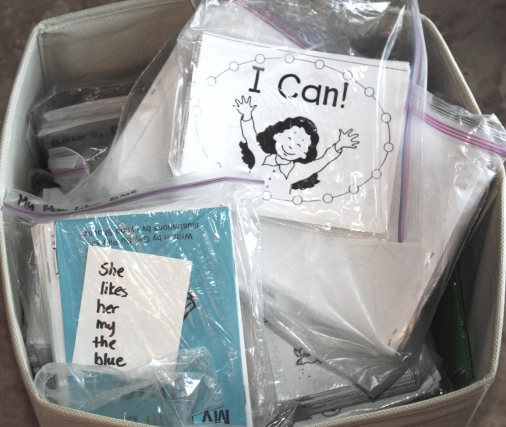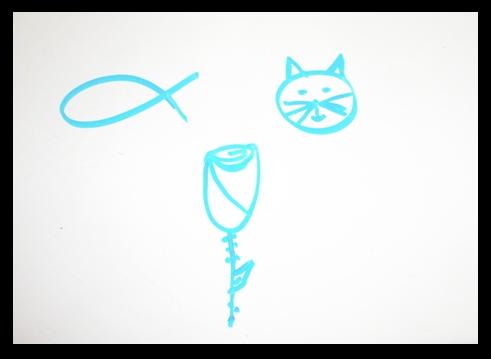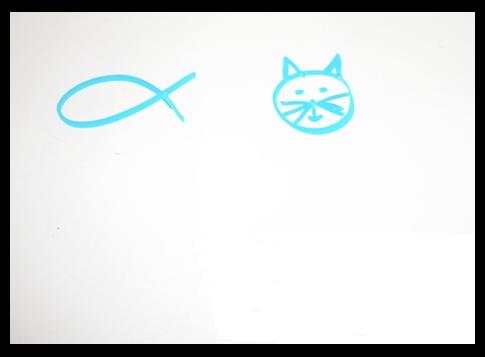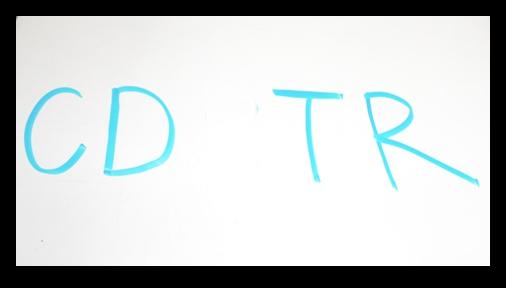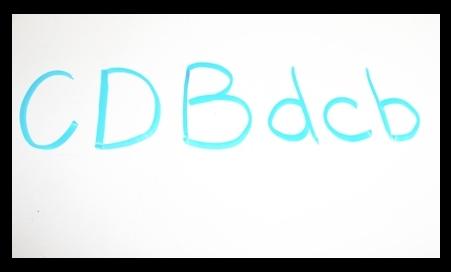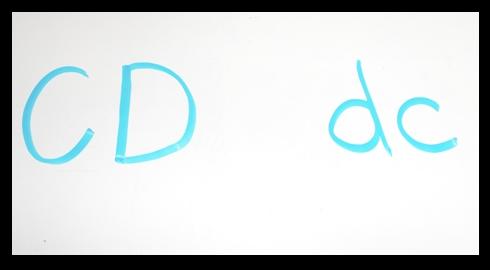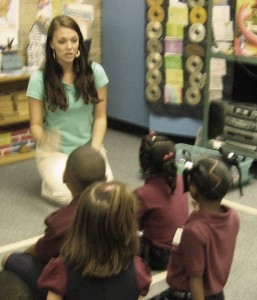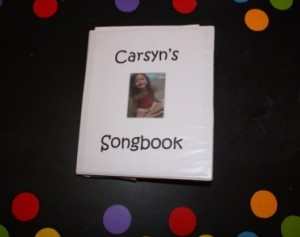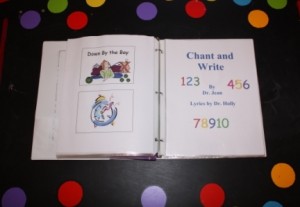If you haven’t read “When Can I Start Using Little Books?” go go go and read about that first! 🙂
For those of you who have read it, let’s get on the ball…
You probably noticed that there are soo many books that it is hard to know where to start.
If this is the FIRST time your child will be “reading” books, then you need to start with the most basic book you can find. Your child needs to know all their letters and have mastered a lot of the reading skills to be ready for this, but if not, you can always read the little books (that I refer to in this post) TO your children. So either way, let that be your activity today!
This is how I teach children to read little books:
1) I pick a book on their level (see how I “level” books below); then I internally observe all the things about the book I want to teach: content, words, and beginning sounds.
2) I introduce the book by telling kids the title. Then I ask them to make guesses (or “predictions” – if you wanna be fancy) about what the book will be about based on the title and front cover picture.
3) I ask the kids to go on a “picture walk” with me to look at all the pictures and just TALK about them….not reading the words this time through.
4) Then we close the book and I teach them the sight words in the book. (I call these “heart words” that I want them to put in their heart so they will know it by heart everytime they see it. )
5) I ask them to open their books and find the heart words and put their finger on it.
6) Then we go over all the sounds that the other words start with so if the word “ball” is in the book then I would ask them what sound the letter “b” makes and get them to brainstorm words that start with that sound.
7) Finally, I have the kids read the book to me, with me there to help (don’t tell them the words they are stuck on, ask them questions to get them thinking about what the word is).
8) Last, they read the book to themselves and then draw a page and write their own variation of that page. So, if the book is about animals they would draw their own favorite animal and tell me about it so that I can help them write the words for their page.
*There are variations to this sequence but this is a great place to start.
This is how I decide the difficulty of beginner books:
Level 1 won’t have ANY sight words. There will probably only be ONE word on the page and that will be the word that describes the picture “dog” for a picture of a dog, or “brown” for the picture of a brown dog. Example found Here.
Level 2 will incorporate ONE or TWO EASY basic words like “a” or “the.” One example is found Here and another here.
Level 3 will incorporate a full sentence made up of just 3 words (2 sight words and one word that tells about the picture. Examples: “I can” and “I see” books.
Level 4 will incorporate about THREE basic sight words that your child has already learned from levels 2 and 3.
And so on and so on. I think now you get the picture. Other books can be found at
OR, you can always make your own!
There is alot more levels and a lot more information on this. I am just easing you into it IF you want to help your little one with this! 🙂
If you have ANY questions about this (it is A LOT of info) please:




